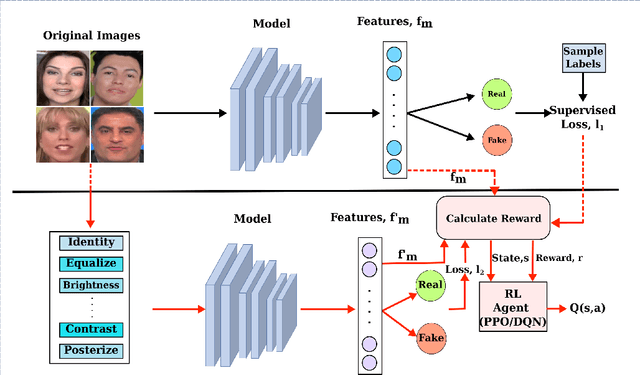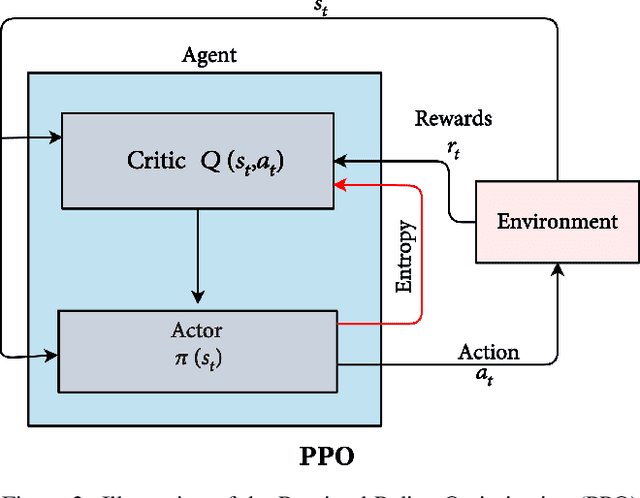On Improving Cross-dataset Generalization of Deepfake Detectors
Paper and Code
Apr 08, 2022



Facial manipulation by deep fake has caused major security risks and raised severe societal concerns. As a countermeasure, a number of deep fake detection methods have been proposed recently. Most of them model deep fake detection as a binary classification problem using a backbone convolutional neural network (CNN) architecture pretrained for the task. These CNN-based methods have demonstrated very high efficacy in deep fake detection with the Area under the Curve (AUC) as high as 0.99. However, the performance of these methods degrades significantly when evaluated across datasets. In this paper, we formulate deep fake detection as a hybrid combination of supervised and reinforcement learning (RL) to improve its cross-dataset generalization performance. The proposed method chooses the top-k augmentations for each test sample by an RL agent in an image-specific manner. The classification scores, obtained using CNN, of all the augmentations of each test image are averaged together for final real or fake classification. Through extensive experimental validation, we demonstrate the superiority of our method over existing published research in cross-dataset generalization of deep fake detectors, thus obtaining state-of-the-art performance.
 Add to Chrome
Add to Chrome Add to Firefox
Add to Firefox Add to Edge
Add to Edge